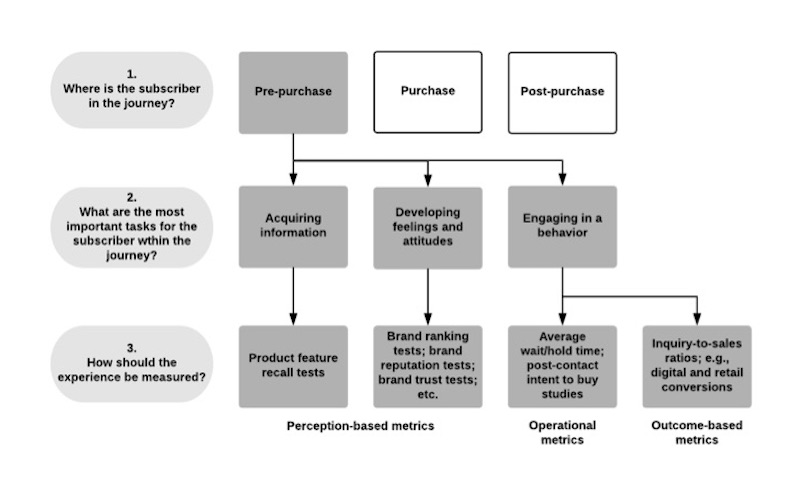Improving CX through Better Measurement
4. Silo-orientation is the major hindrance to developing omni-channel measures of CX
Many companies are hampered by a silo management structure. Silos develop out of the perceived value of specialized expertise and by company size (span of control issues). However, decades of management literature have warned us about the limitations of silo structures and how they hinder creativity and process fluidity. Within CXm, it is not uncommon for several different groups within a company to be measuring the same elements of CX. And, even when they measure different dimensions of CX, the outcomes are not shared throughout the organization. Today, we know that a customer’s experience is shaped by interactions with several different channels, for example call centers, digital platforms, installation and service personnel, and retail. The most enlightening view of the customer’s experience is an omnichannel measure; however, a silo orientation creates barriers to generating an omnichannel view of the customer.
5. CXm decision-making model paves the way to better CX
Our research into the CXm literature, supplemented by our work with cable operators and companies in several other industries, tells us that companies can make better sense of the complex and often-confusing menu of CXm options by using a decision-making model as suggested in Figure 1 below. Our recommended model integrates the customer journey (pre-purchase, purchase, and post-purchase) and the types of CX metrics (perception-based, operational, and outcome-based) within a three-question protocol.
Figure 1 presents an example of a pre-purchase situation (question 1) and then identifies the tasks that potential subscribers would have, e.g., acquiring information, developing feelings and attitudes, and contacting alternative suppliers (question 2). Armed with the answers to questions 1 and 2, you can make a more informed decision about the CX metrics that will provide a better understanding of the potential subscriber—and what actions to take to enhance the sale. A similar process could be used for purchase and post-purchase situations—situations where outcome-based metrics are more relevant.
Figure 1: CXm decision-making model
(Click to Enlarge)




















